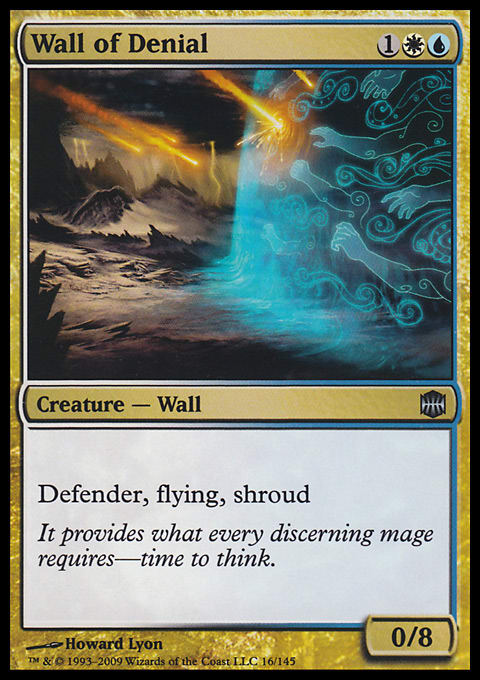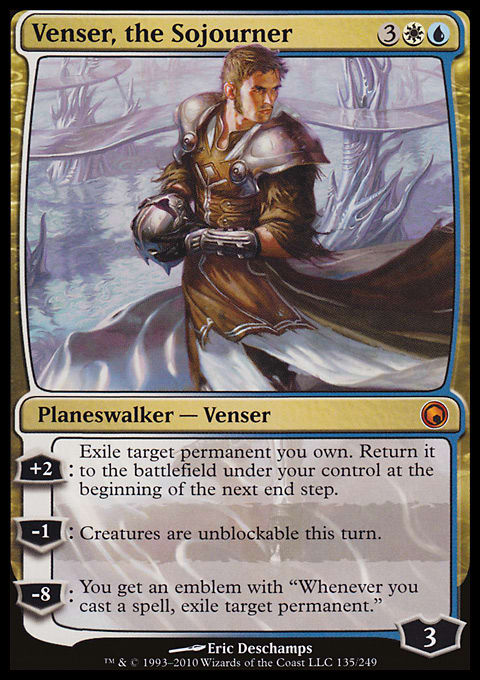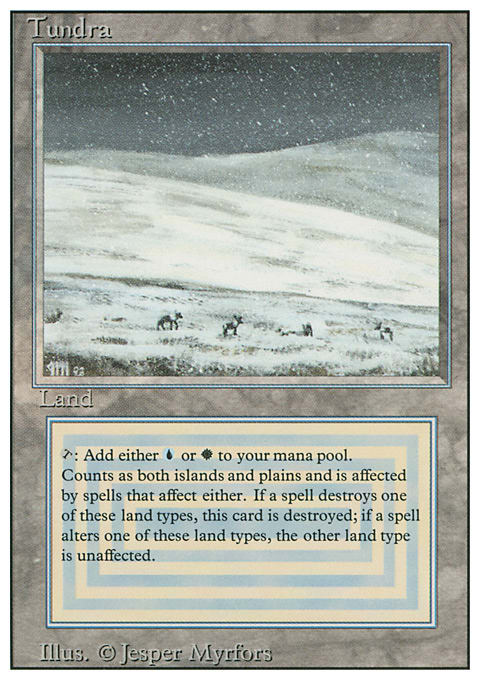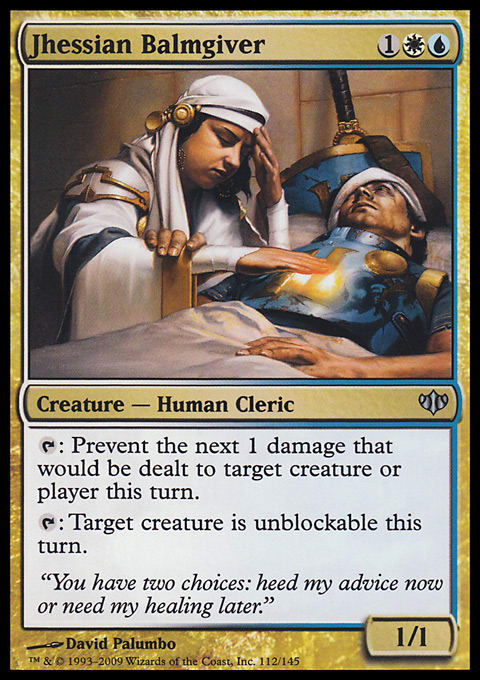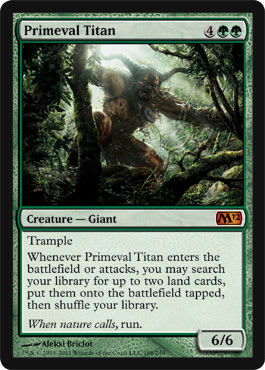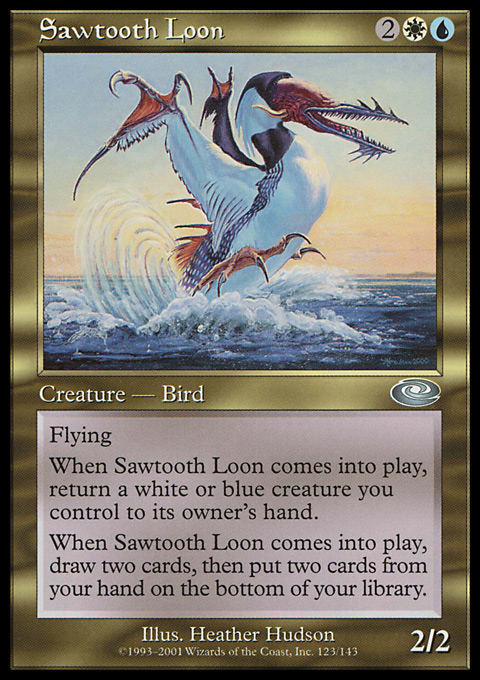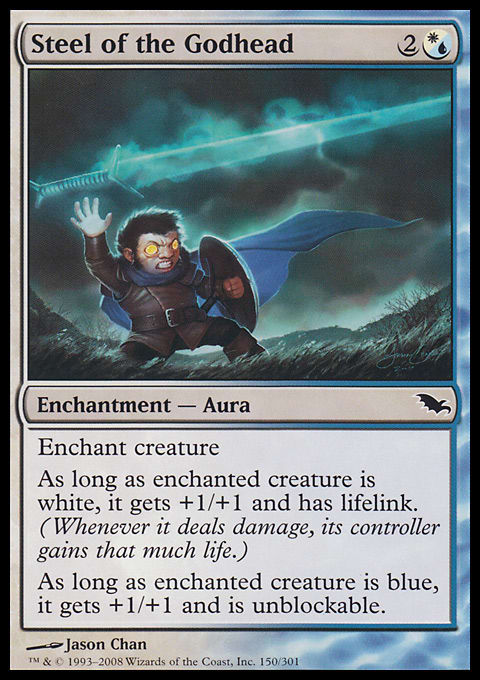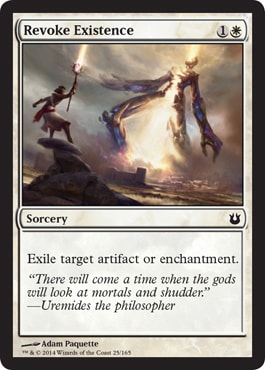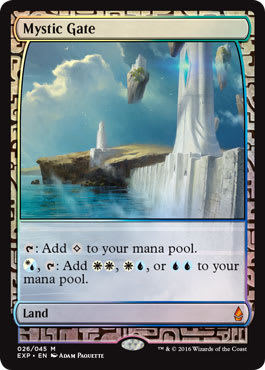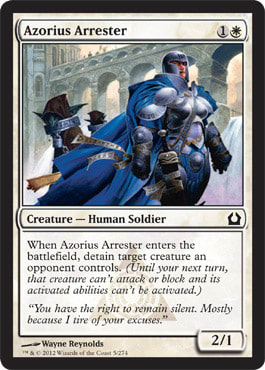SS. 1.04.13–25A – Every tenth article relating to a topic(s) similar to the previous said articles is required to contain content that a reasonable person would find:
1. Humorous;
2. Unique; or
3. Interesting.
Failure to produce said article is an offense punishable as per the regulations of the Azorius Criminal Code, Revised Edition.
Welcome to the conclusion of Azorius Week! I’m sure that authors on various sites have pummeled you with endless Azorius articles, including tens of decklists loaded with white and blue. By the time you see my article, you’ll have already seen so many decklists that detaining you any further without providing something truly unique and unusual would be a crime!
SS. 1.04.13–68Q – Article described in SS. 1.04.13-25A must include:
1. More than one level of deck restriction; and
2. Deck contents.
I am primarily a multiplayer kind of guy, so I thought I would start by building a multiplayer deck. While this will already set me apart from most of the crowd, I want to go a step further (I’m really a “More Cowbell!” kind of guy). Rather than load my deck up with the Return to Ravnica cards you’ve been reading about all week, I specifically ignored all the new cards and focused on all white and blue had to offer . . . before the latest set! So no, this will not be a detain deck with multiplayer applications. And no, this will not be a forecast deck. I’ll even refrain from forecast jokes since I’m currently sitting in my blacked-out house (thanks, Sandy!) hoping to finish this article before I run out of juice in the old laptop).
As if those restrictions weren’t already enough, I figured I’d go even further and insist all the cards be white AND blue! Hybrid or gold is great, just so long as I can see both mana symbols on each card. Now we’re talking Azorius! All white and blue! Levels of restrictions! I’m hitting both the Melvin and the Vorthos here!
I looked through the Azorius-approved card database and came up with this!
"Azorius-Sanctioned Decklist Draft"
- Creatures (20)
- 2 Drogskol Reaver
- 2 Thistledown Liege
- 3 Aven Mimeomancer
- 4 Augury Adept
- 4 Wall of Denial
- 2 Grand Arbiter Augustin IV
- 3 Hanna, Ship's Navigator
- Planeswalkers (2)
- 2 Venser, the Sojourner
- Spells (14)
- 2 Mirrorweave
- 4 Supply // Demand
- 2 Teferi's Moat
- 4 Steel of the Godhead
- 2 Azorius Signet
- Lands (24)
- 4 Island
- 4 Plains
- 4 Hallowed Fountain
- 4 Mystic Gate
- 4 Sejiri Refuge
- 4 Tundra
The purpose of the deck is to keep your opponents away from you (Wall of Denial, Grand Arbiter Augustin IV, Teferi's Moat) until you are ready to beat down with a variety of the other goodies in the deck. I knew there were some issues (Moat and Aven Mimeomancer and Hanna her few return targets), but I wanted to test it to see if the basic idea was sound.
This is where things went off the rails.
SS. 1.04.17–03S – Articles will have a single theme and stick to that theme to no variation.
Part of the reason for the unusual numbers of each card in the deck was my concern that I didn’t have enough of these cards to fill out the deck. When I went through my collection to put the deck together, I discovered that beyond Mirrorweave and Venser, I either didn’t have the cards or didn’t have enough of the cards.
Not a problem! I’ll just go online and start ordering them.
SS. 1.04.17–23D – Articles will not use slang terminology.
SS. 1.04.17-23D.1 – Use of said terminology resulting in weak humor will be deemed a Level III breach.
Now, I like to think I’m a “baller.” This is a term that I have heard the young’uns use when referring to someone who spends a lot of money on Magic cards. I have a full play set of original duals. I have thousands of cards. When I realized I was going to need to spend over $60 just to acquire the nonland cards I would need to put this deck together, my “baller” status came into question.
Sixty dollars just to try out a deck is beyond what I’m willing to spend. I have a Magic budget that I try to keep very closely to, and $60 to try out a deck will wreck me.
SS. 1.04.17-34E – Inconsistent itemization in articles is not permitted.
I know a lot of you are reading this and telling me to just proxy it up before buying it. First of all, you need to stop talking to your monitor. I can’t possibly hear what you are saying as you read this. The noise of so many people calling me a dumbass would just be deafening anyway.
Second, my playgroup doesn’t encourage proxies. Trying this out would be goldfishing against a nonexistent opponent. I start proxying up a bunch of goofiness, and pretty soon, everyone in the group is proxying multiple copies of Primetime and other power cards. I don’t think I want to go that route.
And C (this is the point of the entire article, so really pay attention here!), most casual players are in the same boat I’m in right now. Casual players tend to build in two ways: they either use a database, come up with a cool idea and try to build it with what they have, or flip through their cards and build a deck based on a card or group of cards that interest them.
Most articles that are out there show decklists that are completely optimized, with every card being the best card available to do what that card is doing. Most of us just can’t do that. Before I finished law school and got married, my life was economically unstable, and buying cards just wasn’t an option. Every deck I built started off with an idea and was then reformed into something I could do with the collection that I have.
This often means that the decks you are building are not optimized. That is a good thing. Casual games should not be about the absolute best decks hammering away at each other. Running a few funky cards in your list adds stories to your games that you’ll remember, and that is a big part of why many of us play Magic.
Building with what you have also keeps a lot of power creep out of your playgroup’s decks. This can be a natural limiter, stabilizing your playgroup’s metagame and limiting the power creep that seems to occur in every playgroup.
As my collection has grown and my Magic budget has increased, I have moved away from that important aspect of deck-building, and I was reminded of it here when the arbitrary restrictions I’d applied to my deck forced me to choose a lot of cards I just didn’t have.
So, what deck did I build?
"Azorius-Sanctioned Decklist Revision"
- Creatures (13)
- 1 Messenger Falcons
- 1 Sawtooth Loon
- 1 Wall of Denial
- 2 Azorius Guildmage
- 2 Jhessian Balmgiver
- 4 Thistledown Liege
- 1 Bruna, Light of Alabaster
- 1 Gwafa Hazid, Profiteer
- Planeswalkers (3)
- 3 Venser, the Sojourner
- Spells (20)
- 4 Mirrorweave
- 4 Revoke Existence
- 4 Supply // Demand
- 4 Crystallization
- 4 Steel of the Godhead
- Lands (25)
- 9 Island
- 9 Plains
- 1 Mystic Gate
- 1 Seachrome Coast
- 2 Sejiri Refuge
- 3 Celestial Colonnade
SS. 1.04.17–03S – Failure to follow guidelines laid out earlier in the article is a Level II breach.
I’ll admit I still cheated a little here. I spent $4.50 on three Thistledown Lieges (now available at CoolStuffInc.com! Get yours today!). By the time you read this, I hope to have played it yesterday (for you) and surprised my playgroup with it. While I’ll have more to say about the deck after playing it, I’ll give you a quick rundown on my reasoning for some of the cards.
Mirrorweave – I’ve had these cards since Shadowmoor and can’t believe they have never been in a deck! I started with them here, thinking that I would copy my opponents’ creatures, but with the Thistledown Liege, I have a solid backup plan. I like the idea of Mirrorweave on the Liege with even four creatures in play. +6/+6 for each of my creatures seems to be a solid second option!
Steel of the Godhead is a throwback from my Zur the Enchanter deck. Lifelink and unblockability should do plenty to keep me out of trouble and bring my opponents down to size a little bit. The +2/+2 is practically a bonus! A real nice bonus. Like that Christmas bonus you dream about that never seems to pan out like you want it to. Except this time, you actually get it.
Supply // Demand – This split card is there solely for Demand. When a card lets you tutor for almost any other card in your deck, it seems like a good idea. I have plenty of single-copy cards in the deck, and this will let me find them as soon as I need them. Tutors like these make decks like the one above run far more effectively than they would appear to otherwise. One copy of Bruna, Light of Alabaster or Wall of Denial turns into five copies of each of those cards with Demand running in this deck.
Crystallization isn’t the best form of removal, but it conforms to the restrictions I set. While it isn’t the best out there, it isn’t nearly as bad as some would believe. It is amazing how many times one of my opponents will happily target the player, helping me get rid of it. Generally, it is targeting creatures that are a nuisance to more than just one player, and most players are running cards that can target their opponents.
Revoke Existence broke my multicolored rule, but my metagame insists on artifact and enchantment removal. I intended to use Dismantling Blow, but my copies are currently in another deck. Revoke Existence is a placeholder for now, but the ability to exile the annoying artifacts may give it a permanent job.
Venser, the Sojourner made the deck to make my creatures unblockable, but that may not be enough to keep it in the deck. Most of my creatures don’t generate a benefit when they are flickered, so he may not stick around. I should know after a few games if he offers enough to stay in the deck.
The rest of the creatures in the deck are a mismatch of cards that I wanted to try out. Some have enters-the-battlefield abilities that will work with Venser, while others offer a variety of options. Consider this the alpha version of the deck that will probably see changes soon!
I hope you’ll all consider trying the path less travelled and include that strange rare you pulled in a booster that you’ve wanted to drop in a deck but just didn’t know where it would fit. It may be the next great story for your group to share . . .
. . . Assuming the Azorius Arresters don’t detain you first.
Bruce Richard













